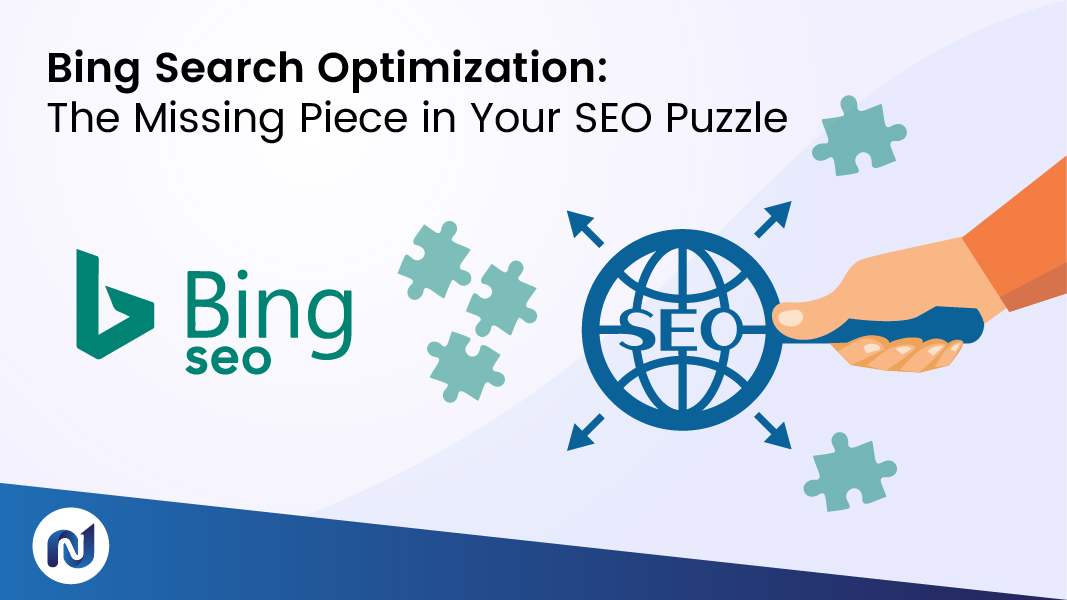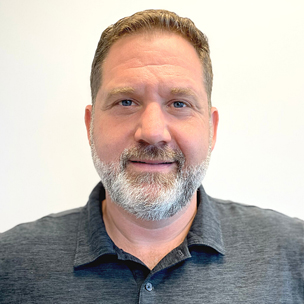
If you’re a small business and you need to get your SEO game going fast, we’ve got a little-known hack that can help get your business in front of more eyes quicker.
So, what’s the hack? It’s the PAA Section of Google. It’s a great feature that seems to get overlooked by a lot of people when it comes to their SEO strategy.
PAA stands for “People Also Ask” and it’s SEO gold if you’re looking to get your business more qualified traffic.
The PAA box is a dynamic feature in Google search results that displays related questions alongside short answers. By getting your content featured here, you can attract a steady stream of targeted visitors to your site.
Here’s how to get your content in the PAA box:
1. Find the Right Questions
- Search on Google: Look for PAA questions in your niche by typing relevant keywords into Google. The PAA box typically displays near the top of the results.
- Use Tools to Dig Deeper: AnswerThePublic, AlsoAsked, Ahrefs, and SEMrush are great resources for uncovering valuable PAA queries. Enter your topic to generate a list of related questions.
- Analyze Competitors: Check pages already featured in the PAA box. What common traits do these answers share? Look for patterns in formatting, structure, and clarity.
2. Create Optimized, Clear Content
- Write Concise Answers: Aim for 40–60 words per response. Keep your answers clear, to the point, and aligned with the query.
- Use Lists and Bullet Points: These enhance readability and align with the structured format Google prefers.
- Include FAQ Schema Markup: Add schema tags (FAQ or Q&A) to your content. This helps Google identify your page as a candidate for PAA.
- Focus on Relevance: Ensure answers are factually accurate and directly address the question.
3. Optimize Existing Pages
- Enhance High-Performing Content: Identify pages already ranking well in search results. Add optimized answers for related PAA questions on these pages.
- Organize with HTML Tags: Use proper headings (<h2> for questions, <p> for answers) to improve structure.
- Boost On-Page SEO: Ensure keywords are included naturally in headers and throughout the content.
4. Track Results and Refine
- Monitor Performance: Use Google Search Console to track which PAA queries drive traffic. Identify top-performing pages and replicate your successes.
- Analyze Competitors: Use tools like Moz and SurferSEO to compare your content with competitors that rank in PAA sections.
- Keep Content Fresh: Regularly update your answers to maintain their relevance and ensure your listing stays in the PAA section.
Why PAA Works
Optimizing for PAA is effective because it aligns with how users search online:
- High Click-Through Rates: Users trust PAA answers, clicking them before exploring other search results.
- Fast Ranking: Google frequently updates PAA, allowing fresh content to get highlighted quickly.
- Low Competition: Many websites still overlook PAA optimization, giving you a unique advantage.
Pro Tips for Success
- Focus on Actionable Content: Provide helpful, easy-to-follow answers to solve user problems directly.
- Use Data to Guide Strategy: Continuously improve your performance using tools like AnswerThePublic and Moz.
- Aim for Snippets: Many PAA answers double as featured snippets, offering double the visibility.
Ranking in the PAA section is one of the fastest SEO strategies for boosting traffic. By following these actionable steps, you can get your content to the top—even faster than traditional methods.
But PAA isn’t the only thing you should be doing to help grow your business website traffic. For more hacks to help you get more website traffic, talk to the team at Numero Uno Web Solutions.




